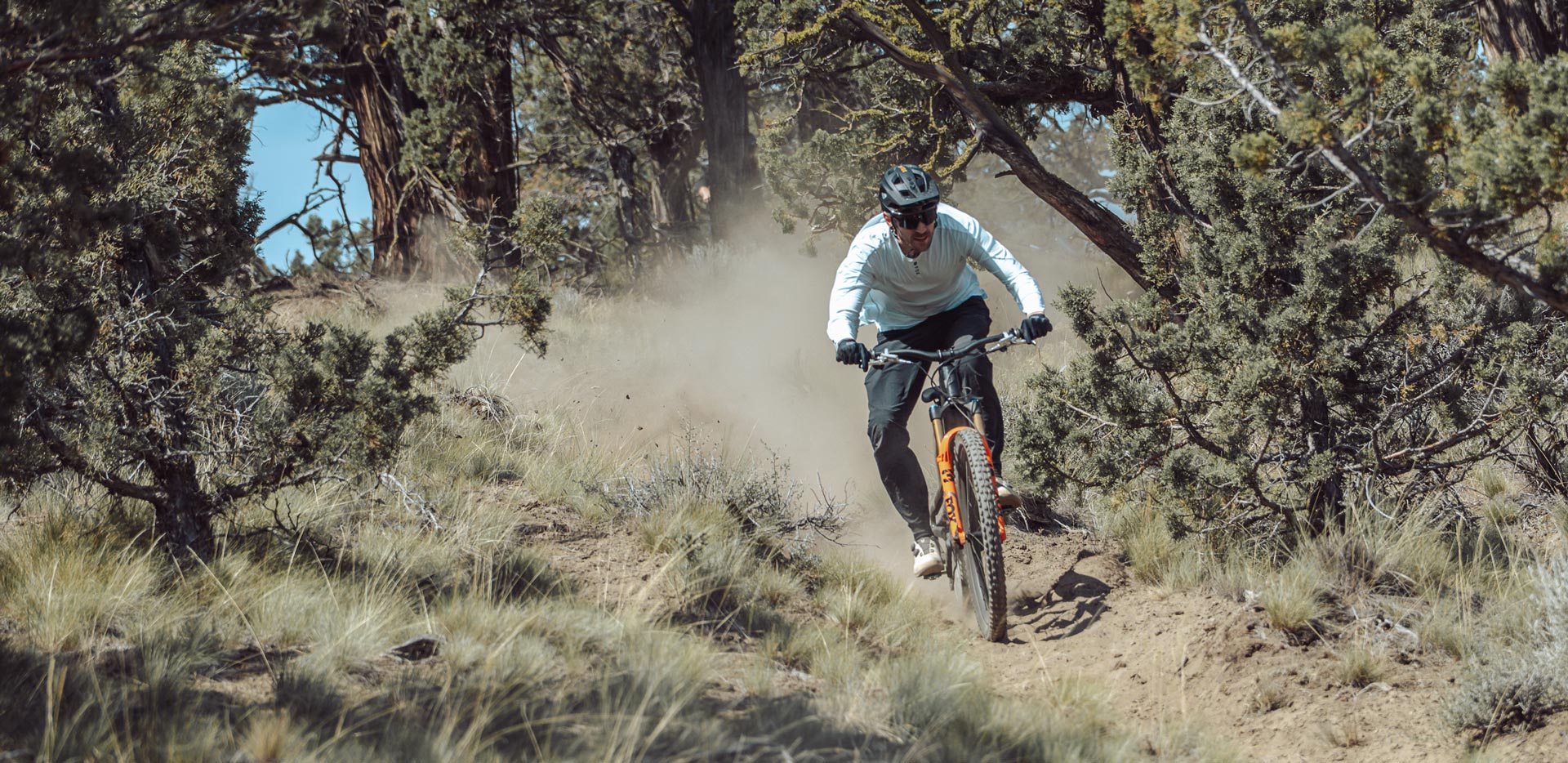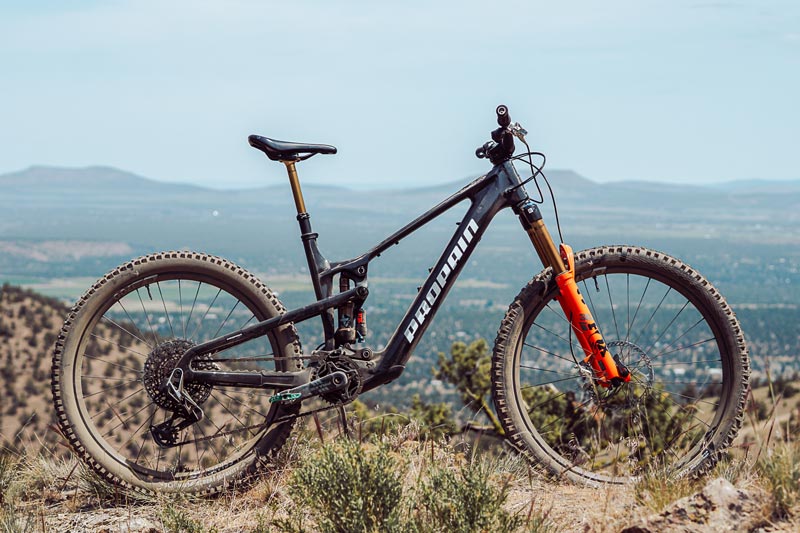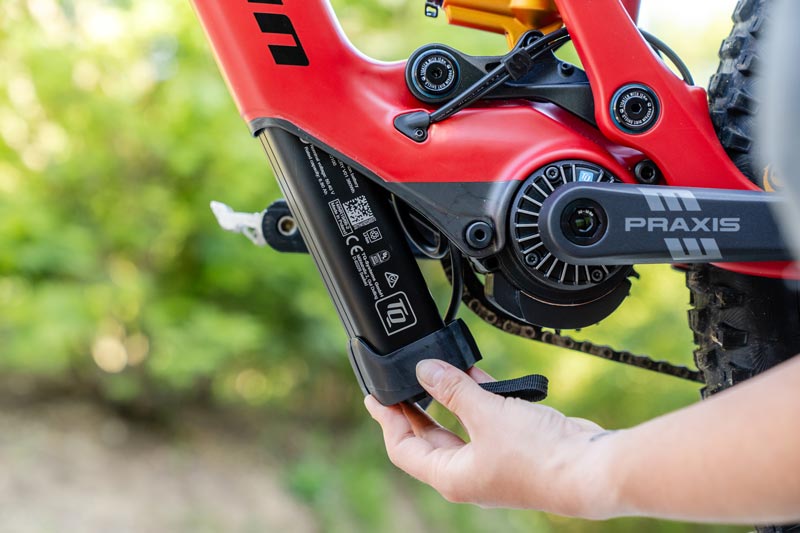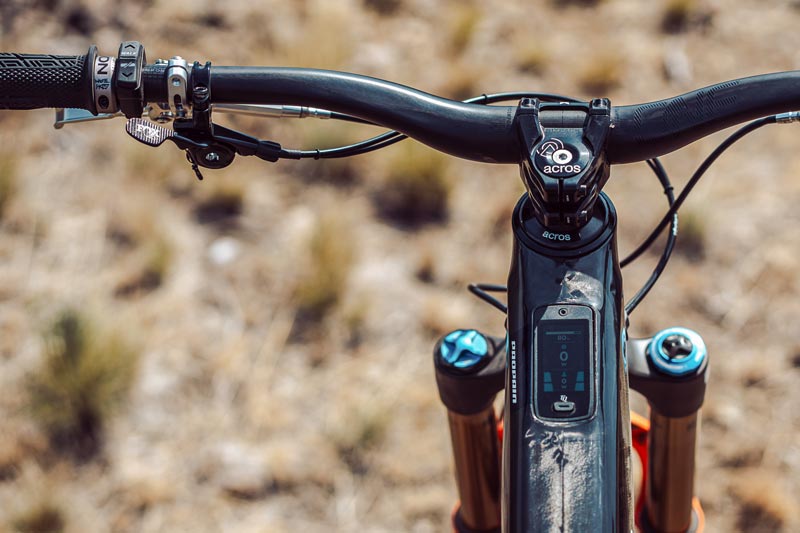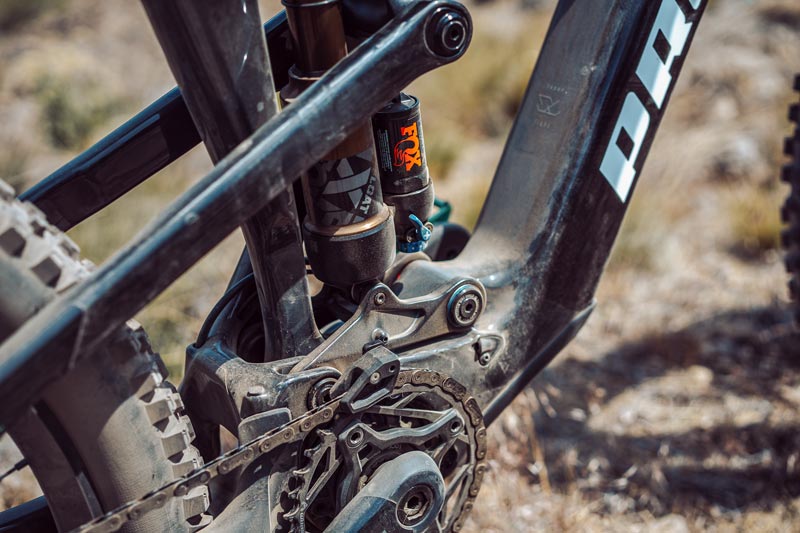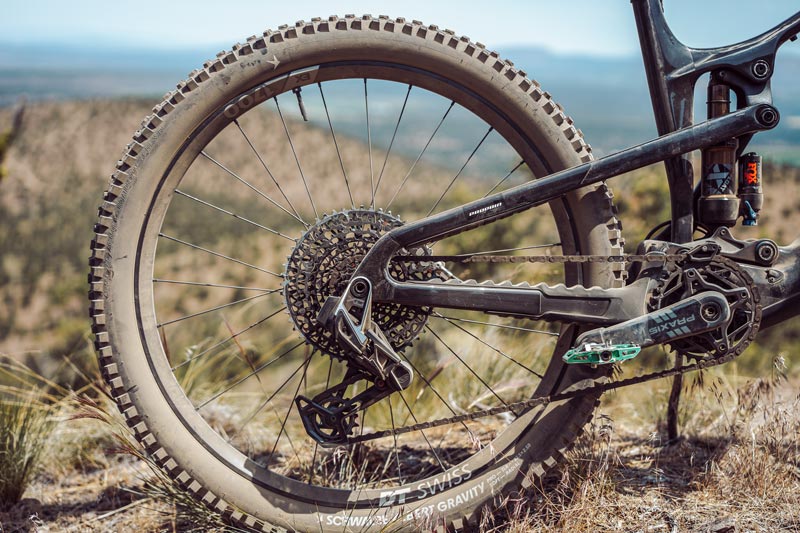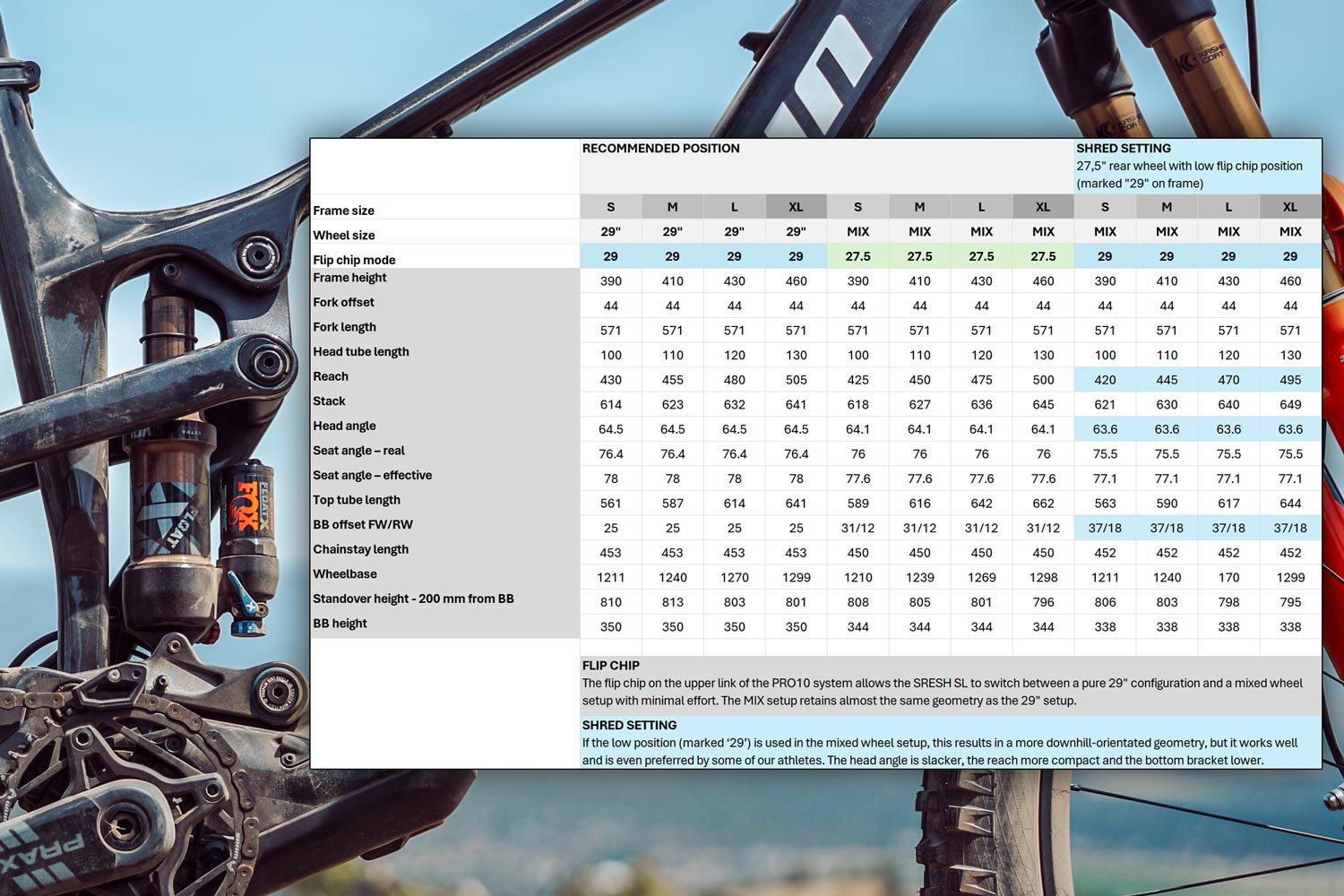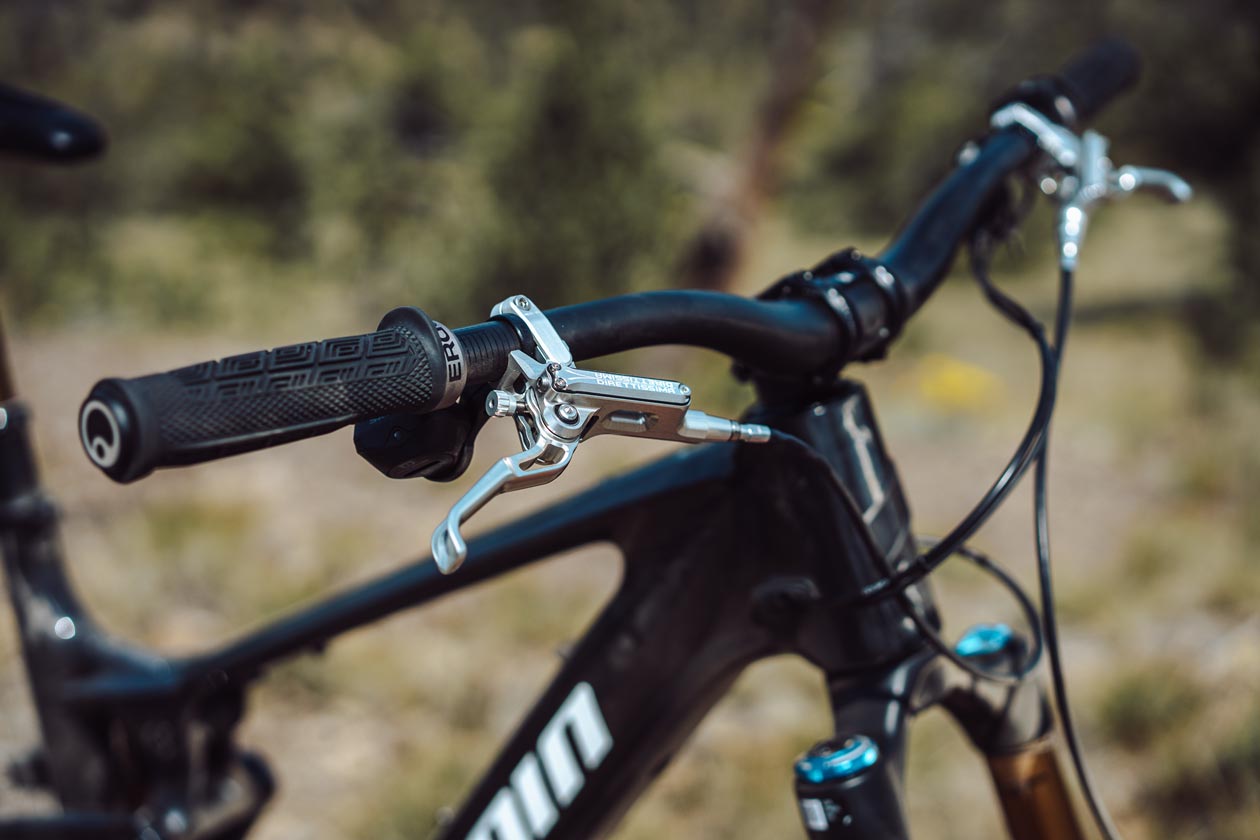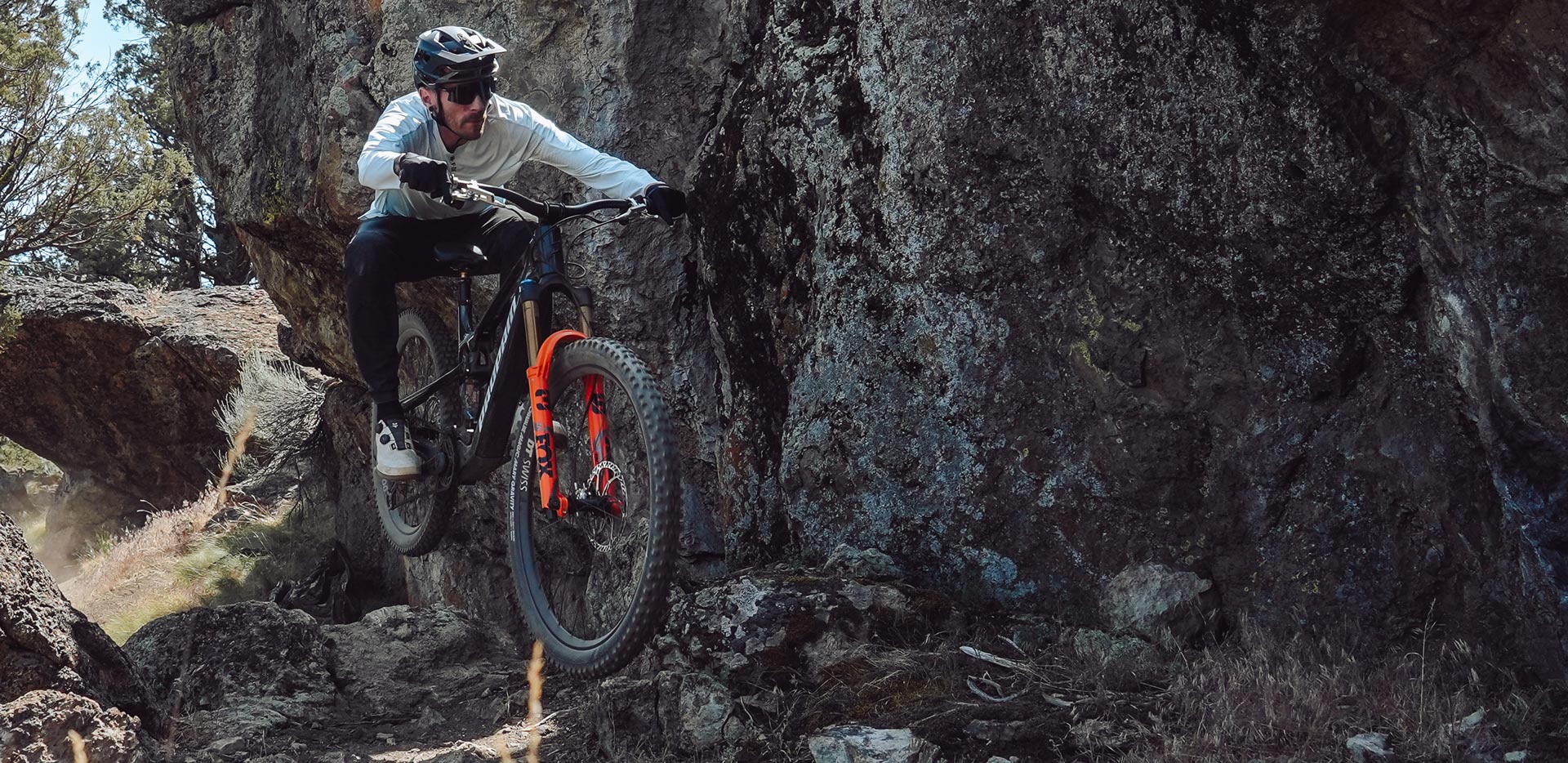
THE WOLF’S FIRST IMPRESSION
Propain’s North American Marketing Manager, Patrick Thomas, met us for an all-day session of filming and riding for this Tech Check feature. Unfortunately, he needed to take the bike back with him the same day, so our first ride impressions will only consist of a day’s worth of riding. It is important to remember that our Tech Check features are not reviews and are only meant to provide our first impressions. We will be getting the Sresh SL back in the coming months as a participant in our 2026 SL/Lightweight eMTB Roundup.
The Sresh SL uses the new TQ HPR60, and is the second bike we’ve ridden with this new system. The HPR60 is a welcomed addition in the drivesystem category, and much preferred over the HPR50 drive unit. Though this new system has more power in terms of torque and peak watt output, it’s still provides a very natural pedalling feel. By that, I mean it feels exactly like pedalling an analog bike, albeit on a very good day. The steeper the climb, the more rider effort is required to get the power out, unlike some other systems that deliver more power while pedaling softly. Most impressive was the battery life. Our film day consisted of three full loop climbs and a handful of session climbs, totaling roughly 3,000 feet of elevation over 12 miles, and we ended our ride with the 580wh battery still with a whopping 68 percent. That was using almost boost mode exclusively for my 170lbs mass.
On the subject of climbing prowess, the Sresh SL Pro10 suspension platform did a great job of transfering the power from the tires to the ground. The Pro10 platform provides a very supportive yet comfortable feel on the climbs, and was supple enough in technical terrain to ensure the rear wheel stayed planted to the ground. The Sresh SL has a very predictable climbing nature overall.
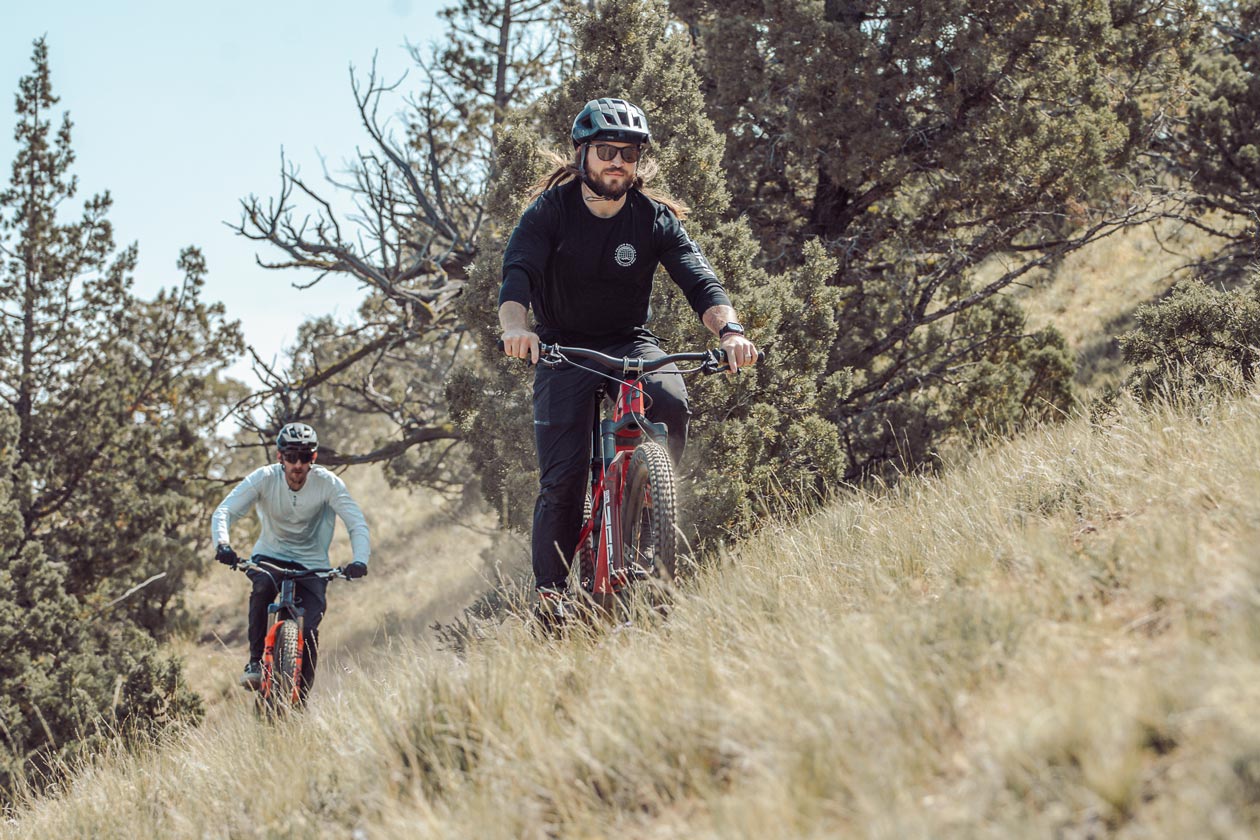
How does the Sresh SL descend, as that is what really matters, right? It is eerily similar to it’s analog counterpart, the Propain Tyee. As a 150/160 SL eMTB, it had no problem taking on trails that should be above its weight class. On the chunkiest of trails, the Sresh SL did a good job of staying composed and soaking up the hits without transferring feedback to the hands or feet. It also did a great job at receiving rider input when it comes to line corrections or just picking up and hopping over obstacles on the trail, no matter the speed. In that sense, it feels much more like an analog bike than it does an eBike. While it felt at home on tech trails, it was equally happy on flowier trail sections, with a playful, poppy nature that made even the mundane sections of trails fun and enjoyable.
Propain’s first foray into the “SL” category shows great promise. From it’s slim and sleek frame build, the customizable build options, and the inital ride characteristics from our first day out, it has us itching to get more laps in. It’s a pity we have to wait a couple months to get the Sresh SL back for the long-term test, but we feel it will be worth being patient for! Until then, leave a comment down below on what you would like to know about Propain’s 150/160 lightweight eMTB, and we will do our best to answer those questions for the long-term review.
